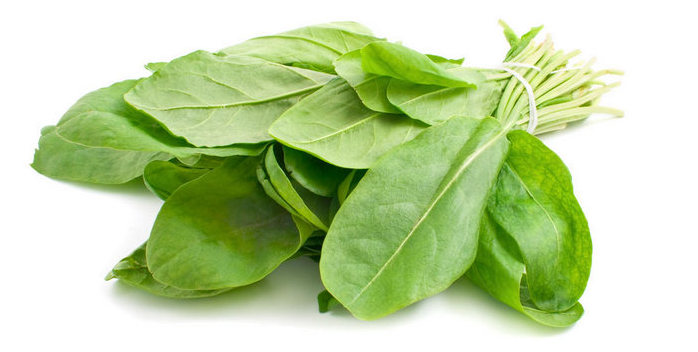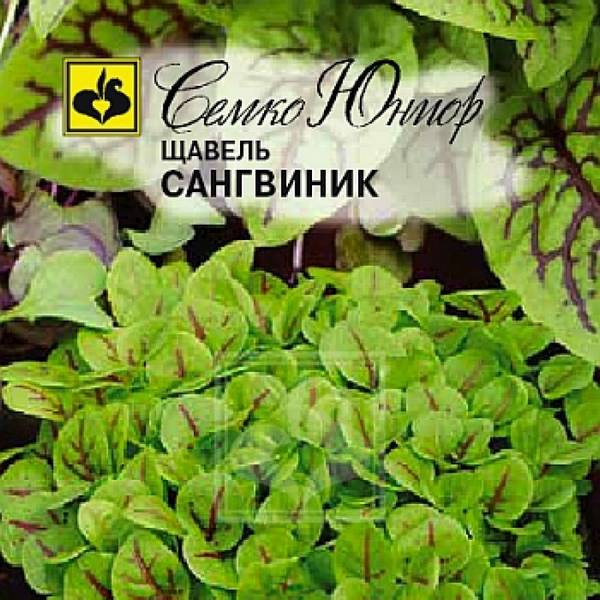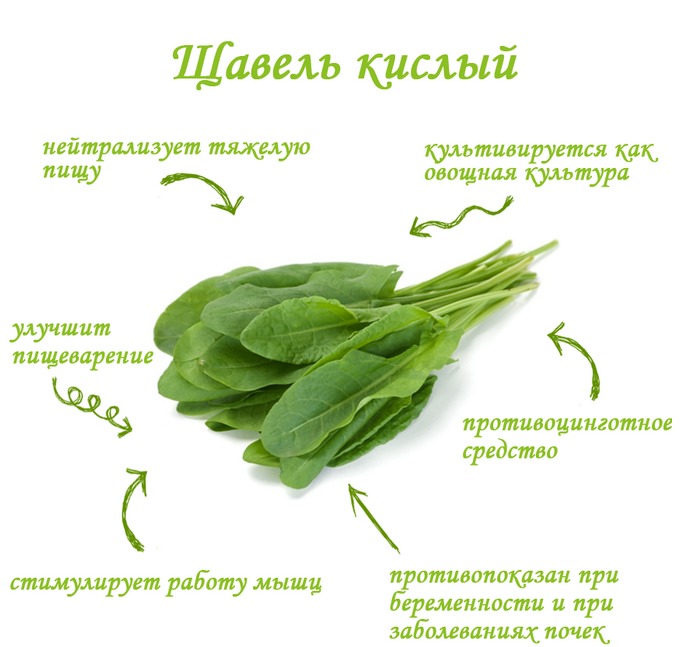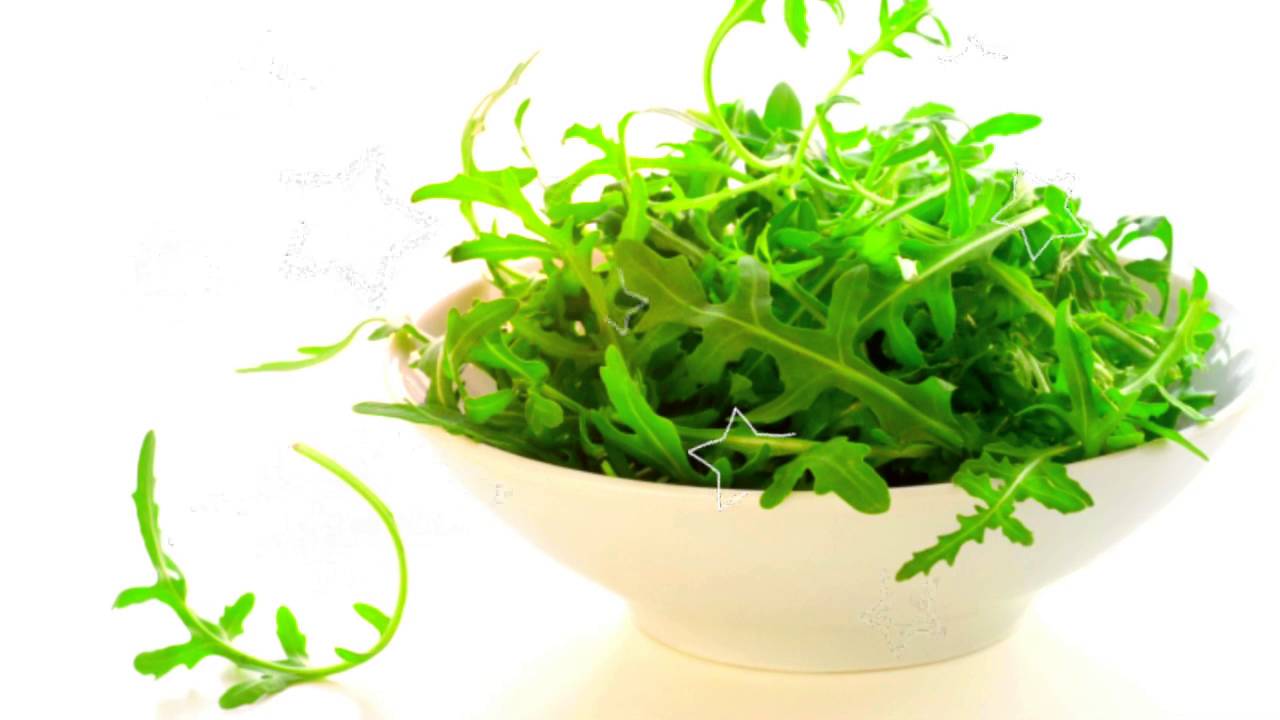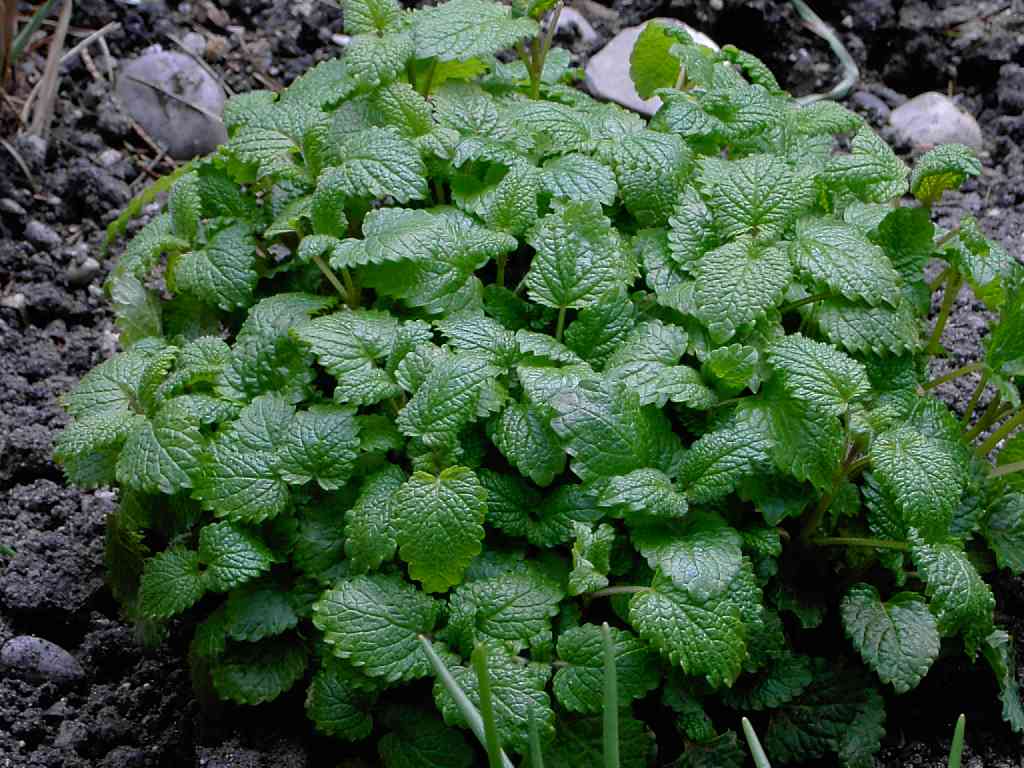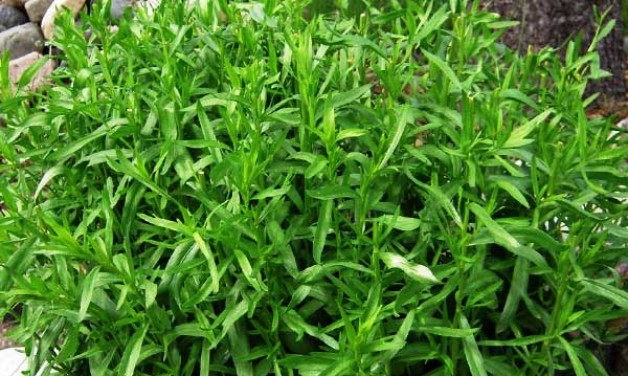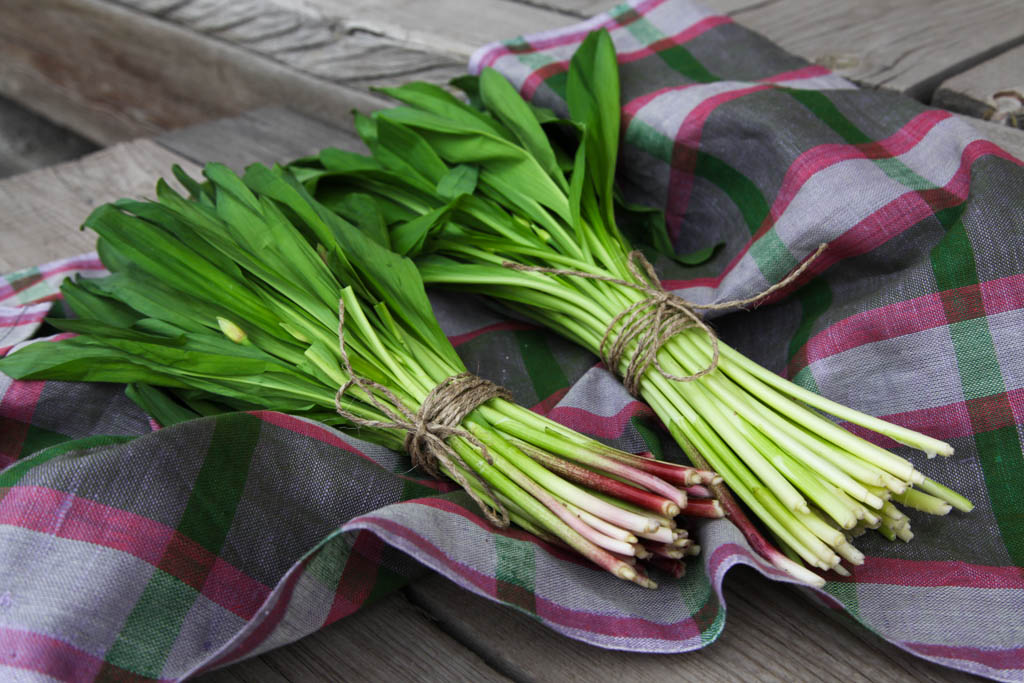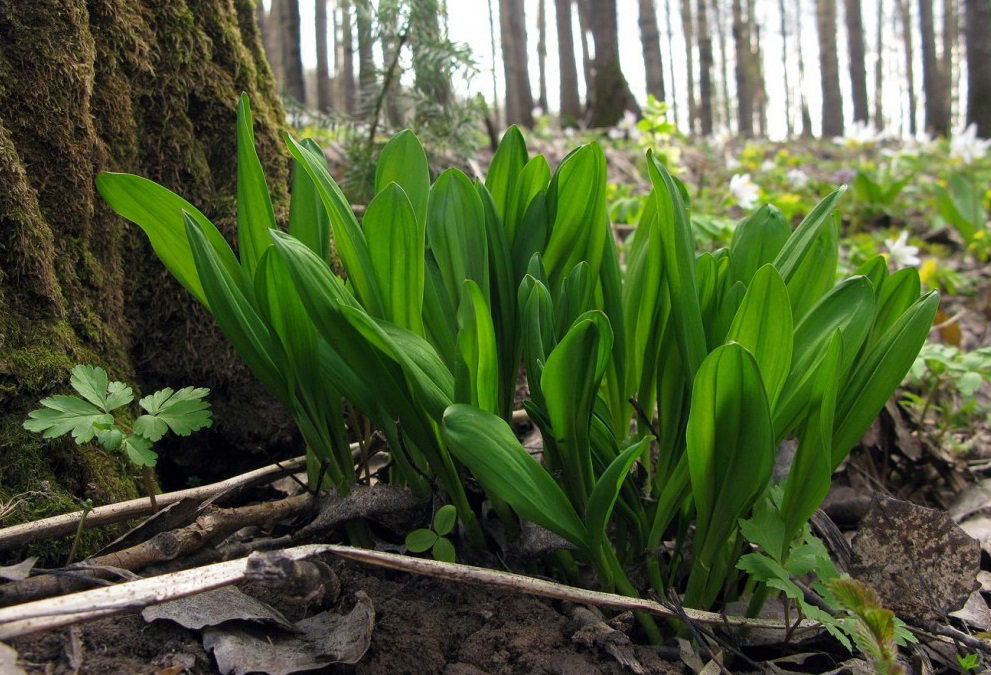The fact that sorrel is useful for the body has been known to mankind since ancient times. The rich composition of the wild vegetable has been used for medicinal purposes for decades. For the modern inhabitants of the planet, sorrel is a plant that is widespread throughout the world, easy to cook and early maturing. All this underlines its versatility.
Description of culture
Sorrel is the name of plants that belong to the Buckwheat genus. For the first time, they learned about what sorrel is around the 19th century BC. In the works of many poets and doctors, descriptions of miraculous properties were often found, but no one knew for sure if sorrel was a herb or a plant.
At least 200 varieties are known, only about 10 varieties are actively used in medicine and the food industry. The rest of the sorrel varieties are considered weeds. These plants are found in almost all continents. The only place where they do not know sorrel and what it is is Antarctica.
Sorrel is a vegetable or herb that can be actively used in cooking fresh, pickled, canned and even dried. With it, preparations are made for the winter, salad, soup, borscht, add it as a filling for pies and take it as a basis in the preparation of sauces.
Sorrel is a vegetable for culinary specialists and herbs in botany, it belongs to freedom-loving ones. Most of its varieties grow in the wild: on forest edges, clearings, meadows and pastures.
Spear or Rumex is what the Latin name for sorrel means. This name is due to the shape of the herbaceous plant. The foliage is long, growing upward, has a sagittal shape. The elastic stem has small inflorescences at the end. If you look closely, the plant may indeed look like a murder weapon invented long before our era.
About history
The name of the plant in Russia was associated with a popular dish today, which is called cabbage soup. People call herb by its taste - sour, sour and sour. This is due to the fact that the fresh sorrel leaf and stem of most varieties have a sour taste.
There is no exact information about the first cultivation of the vegetable, but it is noted that it was used for treatment in ancient times by the Greeks and Romans. So, the Epinard variety began to be widely used in Europe and eventually appeared in Russia.
It is known that sour sorrel was grown by monks on the territory of monasteries in the Swiss Alps. It was used for feeding livestock and preparing food. Its root system was used to treat dysentery, foliage was considered a good hemostatic and was used to treat intestinal disorders. Some healers believed that the plant was capable of protecting against the plague, a belief that persisted until the 16th century.
For the most part, sorrel remained only a medicinal plant. The first to try what kind of vegetable tastes like a food product are foreign neighbors. The Russians were the last to start using this herbal product in food. Until recently, they scoffed at foreign residents who argued that decorative sorrel should be called a vegetable crop.
Varieties
There are no less than 200 different varieties. But few are used today. Among the popular among gardeners, the following varieties can be distinguished:
- Sorrel Belleville - refers to mid-season plants. The foliage is large, oblong-ovoid in shape, of bright green color. In structure, the leaf is fleshy, mostly smooth, may be slightly bubbly, no more than 15 cm in length. The vegetable tastes almost non-acidic. It has a raised, spreading rosette, medium long thick petioles. The Belvian variety is immune to frost and disease;
- Sorrel Large-leaved - a productive early variety. Standing socket, light green foliage. The vegetable is not launched into arrows, resistant to frost;
- Malachite - medium early, it takes up to 50 days to ripen. The foliage is smooth, the edges are wavy, the petioles are long. Leaves are slightly acidic to taste;
- Broadleaf sorrel - leaf plate is ovoid, medium and large, green in color. The foliage tastes tender, moderately acidic. A fruitful, frost-resistant species that is immune to shooting;
- Spinach variety - differs in large, erect leaves, medium early. The rosette is loose. There is slight blistering, the color of the foliage is dark green. Slightly acidic in taste. The product is high in vitamin C;
- Emerald King - perennial vegetable, frost-resistant. It belongs to the early varieties, the ripening period is 40 days. The foliage is smooth, slightly acidic, delicate in taste. During the season, at least 5 kg of greens can be collected from a square meter. If you cover the beds for the winter, you can get the earliest products from the second year;
- Dull sorrel Is a perennial herb with a powerful root system and a high stem. The foliage is arched or drooping in the middle. Seeds planted in the ground begin to germinate at +1 degrees. The foliage plate is flat, shiny, the shape is oblong-ovate. The ends of the leaves are blunt or weakly sharp. Suitable for hybridization with other varieties;
- Common sorrel - also known as bloody. Herbaceous plant, low, distinguished by a thin stem, maroon color. The foliage has an interesting lemon green color. It is considered one of the most popular varieties used in food. The veins of the plant have a red-purple color characteristic of summer, which explains the second name of the vegetable. Outwardly, it resembles spinach, the foliage is in the shape of a spear, its length can reach 14 cm;
- Sanguine - is considered an early variety. Has an upright socket, no more than 40 cm in height. The foliage is rather large, oblong-ovoid. The leaf is green, may be slightly bubbly, the veins are red in color. Slightly sour, juicy leaves to taste. Frost-resistant, does not require special care, it is recommended to plant in open ground. Similar in characteristics to the cereal used in Western Europe to fight cancer cells;
- Sorrel Sparrow - a low perennial plant. Starting from the root, several leaves grow, can be erect and curved. Branching occurs at the top of the stem. Depending on the region, the plant may also be called small sorrel. The leaves can have different diameters and shapes. Basal leaves are spear-shaped, for stem leaves a truncated form is characteristic.
Beneficial features
Few of all sorrel varieties are considered healthy. For each continent, its own variety is considered useful; in Russia it is sour sorrel, which is grown in most regions of the country. The popularity of the plant is due to its useful composition. All the benefits lie in the leafy part, it is it that is good to use in cooking. Emphasizing the beneficial properties, it is worth noting that the content of vitamin C in this vegetable is able to replenish the daily requirement for the body.
The foliage of a herbaceous vegetable is rich in vitamin E, PP, K, biotin (vitamin H). Sufficiently high content of vitamin A (beta-carotene), riboflavin and thiamine (vitamin B group). Also, the composition contains a sufficient amount of minerals:
- Iron;
- Phosphorus;
- Potassium;
- Magnesium;
- Sodium;
- Sulfur;
- Chlorine;
- Iodine;
- Manganese;
- Copper;
- Zinc;
- Fluorine;
- Calcium.
It is not only the presence of vitamins and minerals that makes sorrel leaves useful. They are also targeted for their natural proteins, fats, carbohydrates, organic acids, ash and fiber. Although sorrel is a champion among vitamin cultures, not everyone can benefit from its healing properties. There is a list of people for whom sorrel is harmful.
First of all, the plant is contraindicated in the presence of failures in water-salt metabolism. The acid contained in the product often causes the formation of kidney stones, causes inflamed processes in the tissues of the joints, which can complicate the course of gout, rheumatism, arthritis, etc. Sorrel is not recommended for people with stomach problems.
So that the plant does not harm the human body, a step-by-step algorithm should be used to neutralize the negative impact:
- First of all, you cannot cook a vegetable in cast iron and aluminum dishes. The acid in the composition reacts with these metals, which leads to the accumulation of toxins in the cooked dishes;
- Secondly, the use of foliage no more than 2 times a week will not provoke an exacerbation of existing diseases. In this case, the body will receive the necessary amount of nutrients.
Cultural pests
Often, gardeners are faced with the need to control pests living in sorrel. Many do not believe that this culture is attacked by insects, because its foliage is acidic enough for them. But it is not so. Having survived frosts, a perennial vegetable can disappear in the middle of summer, seemingly without sharp reasons.
Sorrel can suddenly dry up precisely because of the attack of insects, which not only feed on the foliage and root system, but also carry sores additionally. It is considered correct to grow a crop on one site for no more than 4 years. To a greater extent, this is one of the ways to save a herbaceous plant from parasitic forms. Timely harvesting of weeds and plant debris increases the chance to save the harvest. Although this is not a 100% guarantee.
It is known that today there are many chemical-based drugs that help fight parasites, but such methods make plants unusable. This means that such treatments must be carried out outside the harvest season. Sorrel is attacked by the following pests:
- Leaf beetle... The first sign of the presence of an insect is leaves with holes. The pest hibernates in the guise of a beetle that actively eats greens. On the back of the leaves, the parasite usually lays eggs. In one season, several parasitic generations grow up, feeding on the same plant. To combat beetles, it is customary to use an infusion of pyrethrum, which is sprayed on the crop;
- Aphid... Often insects are transplanted from other plants growing above the sorrel. First of all, bugs eat the young foliage of fruit trees, and then switch to vegetable crops. Together with the pest, a spider mite can also roam, the appearance of which is evidenced by the presence of a web. To combat parasites, folk methods are used: they attract insects that feed on aphids, plant spices and spray them with infusions of garlic, burdock or ash;
- Sawfly - a pest with wings is able to fly from other areas. It is capable of giving several generations per season. The presence of weeds and plant debris makes the site attractive to the sorrel sawfly. Effective processing with infusions of chamomile pharmacy;
- Winter scoop... A butterfly causing great damage to the crop. The caterpillars of such a parasite completely eat up the foliage of vegetables, the closer the winter, the lower the scoops fall. The pest hibernates in plant debris and directly in the ground. Digging deep into the soil will help kill future parasites. Spraying with burdock infusion is considered effective in the fight against winter scoops;
- bug - clicker (wireworm).The insect lives in the ground. Oviposition begins with the arrival of summer. For several years, the larva grows, all this time feeding on the root system of plants. The acidic soil and the presence of grass are ideal conditions for wireworms to live. Preventive measures are considered to be the excavation of the earth to a depth of 20 cm, frequent replanting of sorrel and cleanliness on the site.
Like any vegetable crop, sorrel is susceptible to pest attacks. By not creating ideal conditions for the reproduction of parasites, you can prevent crop loss. It is worth taking time to properly care for the crop and preventative measures so that the plant will please with good yields.
